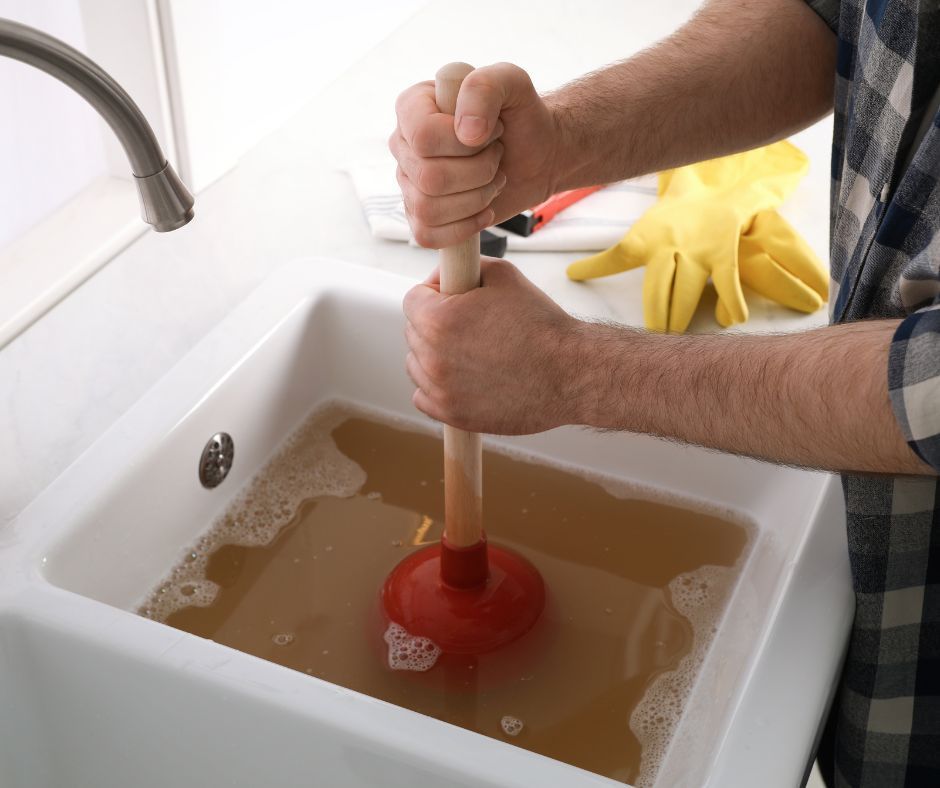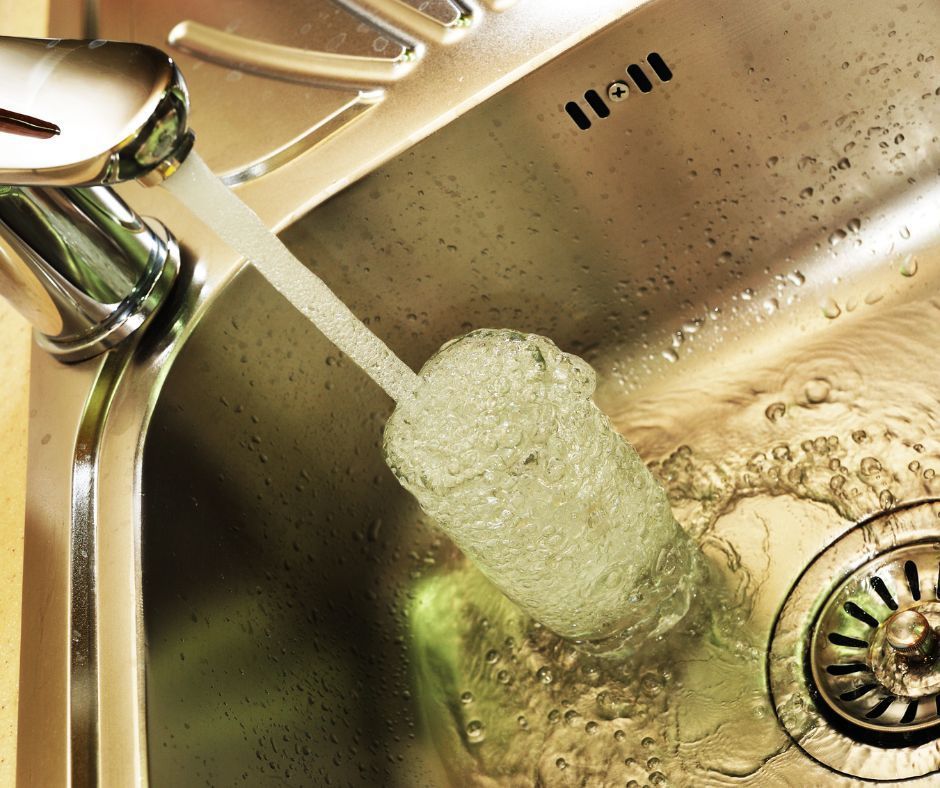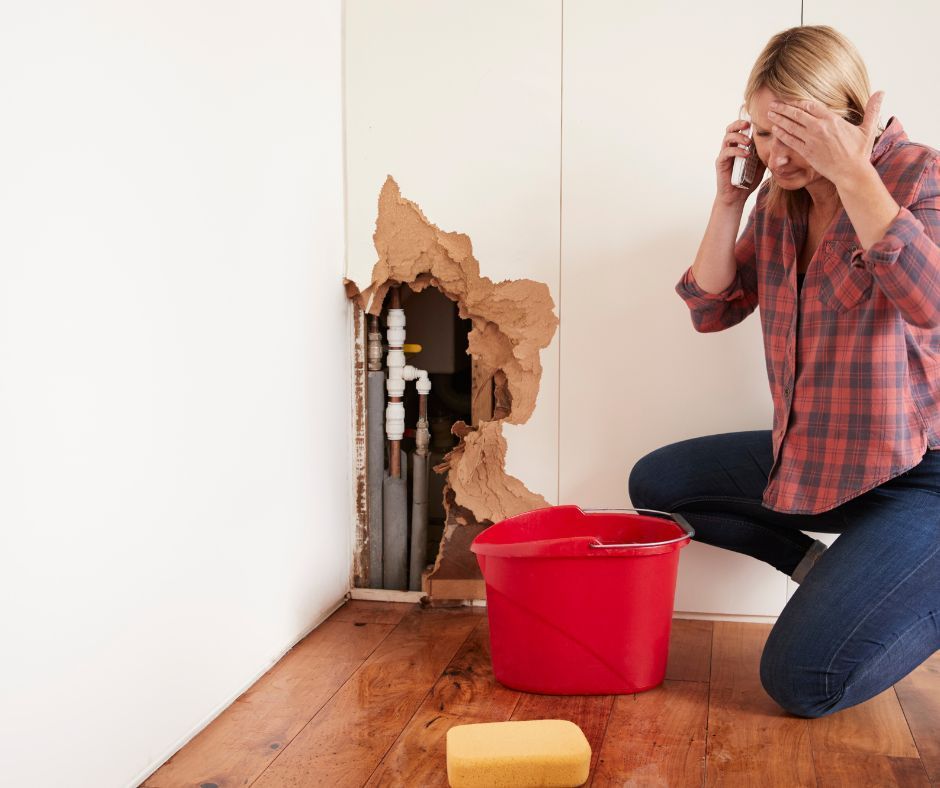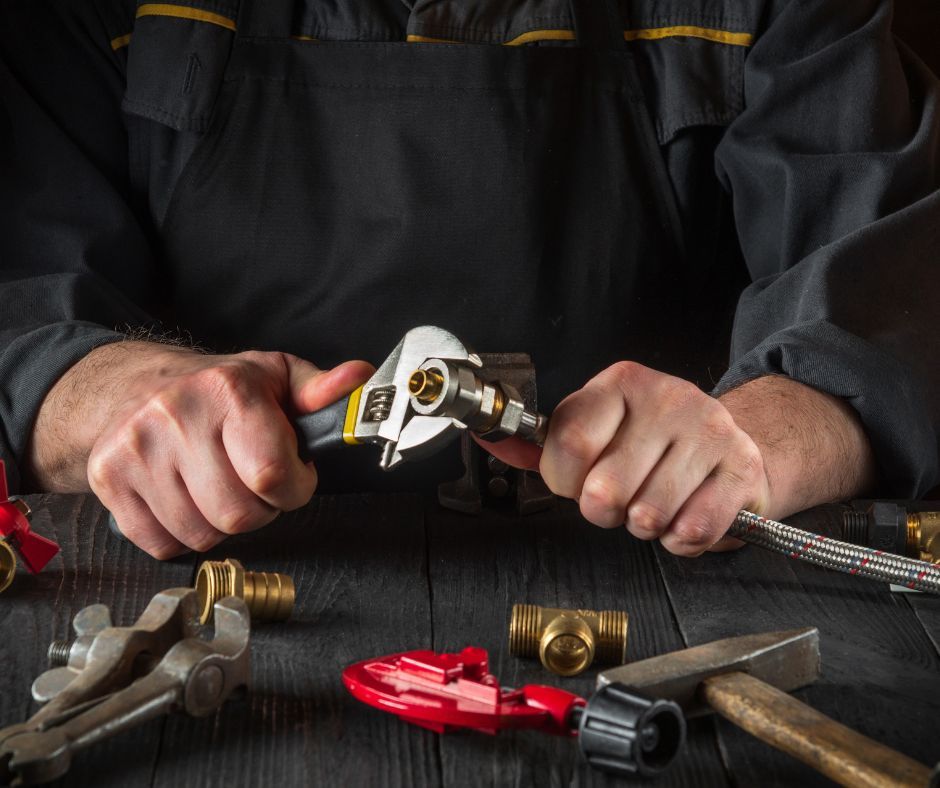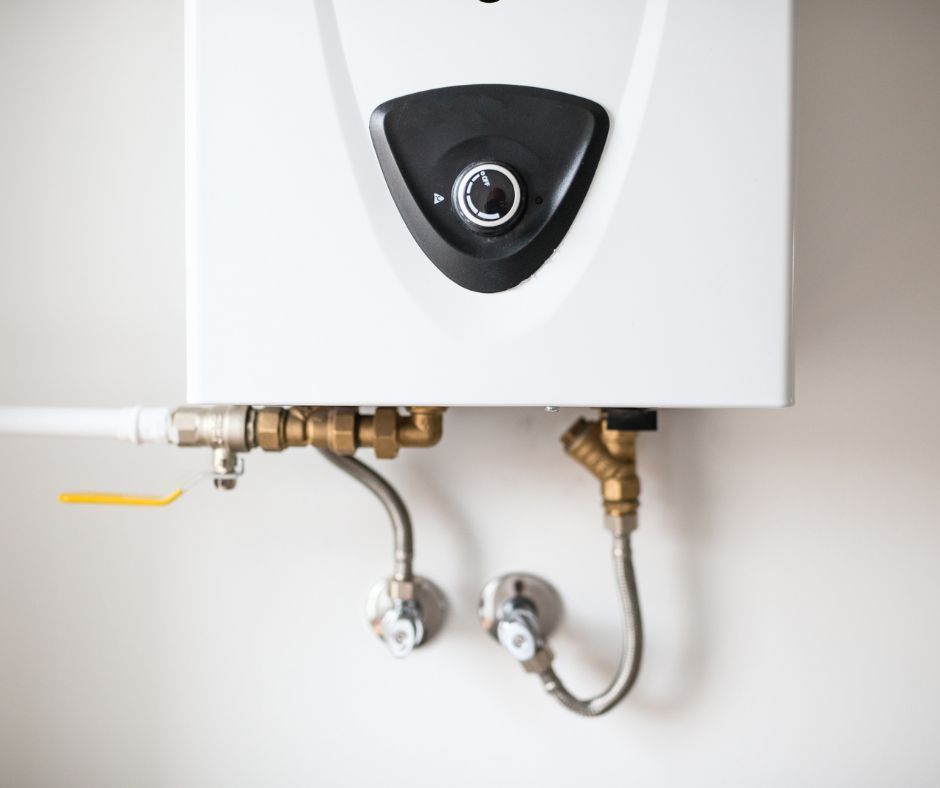Causes, Signs & How to Fix Sewer Drain Clog Fast
Nothing ruins a day quite like a clogged sewer drain. One minute, you're going about your routine, and the next, you're dealing with slow drains, awful smells or even sewage backing up into your home.
A sewer drain clog isn’t just a nuisance—it can lead to serious health risks, property damage and costly repairs if not dealt with quickly. In this guide, we’ll cover how a sewer system works, why blockages happen, warning signs to look out for and what you should do if your sewer drain is clogged.
How Do Sewers Work?
Ever wondered where everything goes every time you flush the toilet, do the dishes or take a shower? Your home’s sewer system is a hidden network of pipes and components that carry wastewater safely away.
Here’s how it all comes together:
Bathroom and Toilet
Toilets, sinks, bathtubs and showers all drain waste and water through pipes that connect to the main sewer line or a septic tank.
Kitchen Sink
All the waste and water from washing the dishes or preparing food gets carried away through drainage pipes.
Septic Tank (For Homes with Septic Systems)
If your home isn’t connected to the main sewer line, waste goes into a septic tank, where solids break down before the liquid drains into a drain system.
Pipes
Pipes transport wastewater from different parts of the house to either a septic tank or the main sewer line.
Vents
These allow air to enter the system to prevent airlocks and bad smells from backing up into the house while keeping everything draining smoothly.
How Does a Blocked Sewer Drain Happen?
Blocked sewer drains don’t appear out of nowhere—they usually build up over time due to improper waste disposal or ageing pipes. Some of the common culprits are:
Flushing Unflushable Items Down the Toilet
Wet wipes, nappies, sanitary products and other unflushable items don’t break down easily and can block pipes.
Incorrect Garbage Disposal
Pouring grease, food scraps and coffee grounds down the sink might seem harmless, but over time, they solidify and form stubborn blockages.
Deterioration of Sewer Lines
Older pipes, especially those made from clay or metal, can corrode, collapse or shift underground, potentially resulting in blockages if left unattended.
Tree Root Expansion
Tree roots naturally seek out water sources and if they find a crack in your pipes, they’ll grow inside and cause major obstructions.
Debris Buildup
Soap scum, hair and even small objects can clump together, restricting water flow and causing backups.
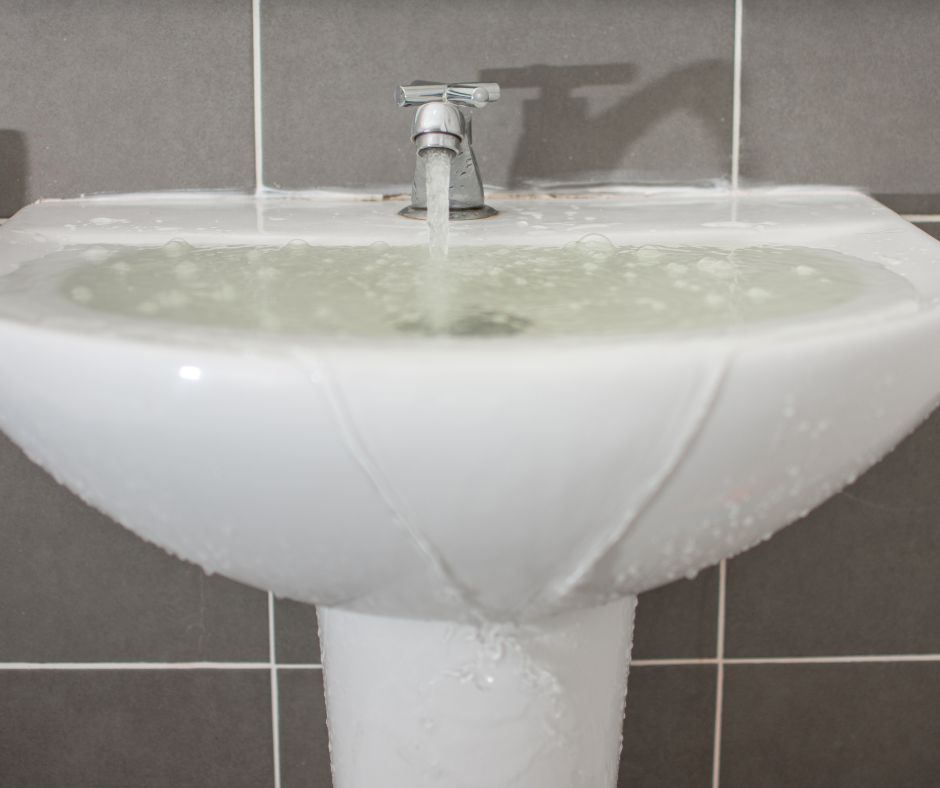
Signs of Blocked Sewer Drains
Catching a blocked sewer drain early can save you from costly repairs and messy overflows. These are some key signs to watch for:
Sewer Smell
If you notice a strong, unpleasant odour coming from your drains or around your property, there’s likely a blockage preventing waste from flowing properly.
Recurring Clogged Drains
If sinks, tubs or toilets are clogging up frequently, the problem could be deeper in the sewer line.
Water Backing Up from Drains
If you see water backing up where it shouldn’t, there’s likely a blockage stopping the flow.
Slow Draining Sinks
If water is taking longer than usual to drain, it could mean a clog is forming.
Gurgling Sounds
Bubbling noises from your pipes, sink, toilet or shower can indicate air is trapped due to a blockage in the sewer line.
Multiple Plumbing Fixtures are Blocked
When more than one drain is affected at the same time, the issue is likely with the main sewer line.
Blocked Toilet
If your toilet isn’t flushing properly or the water drains slowly, waste might not be able to flow away as it should.
What to Do in Case of a Blocked Sewer Drain
If you suspect a blockage, acting quickly is a must. Try these steps to avoid bigger problems:
Stop Flushing & Avoid Using More Water
The last thing you want is sewage backing up into your home. Stop using sinks, toilets and drains to prevent the situation from worsening.
Do Not Attempt DIY Fixes
Pouring chemicals or using a drain snake might seem like a quick fix, but they can cause more damage if not used properly. Some chemicals corrode pipes and incorrect use of drain tools can push blockages further down.
Call a Licensed Plumber Immediately
Immediately calling a professional over DIY provides more advantages. They have the right equipment to locate and remove blockages safely.
Essential Steps to Prevent a Sewer Drain Clog
Prevention is always better than dealing with a messy backup. Follow these steps to keep your drains running smoothly:
Dispose of Waste Properly
Stop flushing unflushable items down the toilet and throw them in the bin instead. In the kitchen, avoid pouring grease and other foreign objects down the sink.
Install Drain Strainers
Installing a drain strainer on your sink can catch hair, food scraps and other solid objects before they enter your pipes.
Schedule Regular Plumbing Inspections
A professional check-up can catch small problems before they turn into big, costly repairs.
Be Mindful of Trees Near Sewer Lines
Tree roots are a major cause of sewer line damage. If you have trees near your pipes, consider regular root maintenance or plant trees away from your sewer system.
Maintain Your Sewer System Professionally
Professional cleaning and system maintenance can prevent clogs from forming before they cause a full blockage.
Blocked Sewer Drains Specialist to the Rescue!
A blocked sewer drain isn’t just an inconvenience, it’s a disaster waiting to happen. Fixing the issue takes more than a plunger. It requires expert tools and knowledge to get your plumbing back in good shape.
Get your sewer drain clog removed fast and hassle-free with Down to Earth Plumbing Maintenance! Our advanced techniques can find and fix the problem with minimal disruption. Whether you need emergency drain clearing, pipe repairs or routine maintenance, we’ve got you covered across Lake Macquarie and Newcastle.
If your drains are slow, your toilets are gurgling or you’ve noticed that unmistakable sewer smell, don’t wait! Give us a call today and we’ll have your sewer flowing freely in no time.

